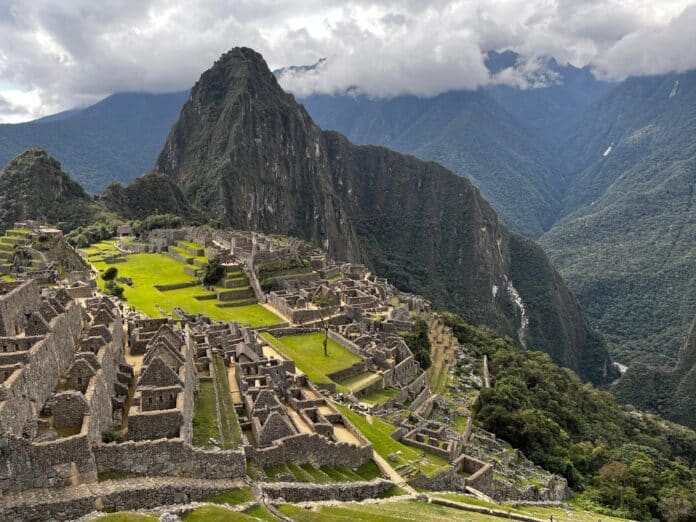Throughout history, entire civilizations have risen, flourished, and disappeared, leaving behind only whispers of their grandeur and mystery. These lost cities continue to fascinate historians and explorers alike, with their ruins providing glimpses into the past. Here are five of the most intriguing lost cities where civilizations seemingly vanished, often without a clear explanation.
1. Machu Picchu: The Hidden Inca Citadel
- Location: Peru
- Civilization: Inca Empire
- Vanished Around: 16th Century
Machu Picchu is one of the most famous lost cities in the world, perched high in the Andes Mountains. Built by the Inca Empire around the mid-1400s, this architectural marvel remained hidden from the world until its discovery by American historian Hiram Bingham in 1911.
Machu Picchu was likely used as a royal estate or religious site, but its exact purpose is still debated. When the Spanish arrived in South America, they never found Machu Picchu, sparing it from destruction. However, it was mysteriously abandoned in the 16th century, possibly due to the collapse of the Inca Empire following Spanish conquest and disease.
2. Cahokia: America’s Forgotten Ancient Metropolis
- Location: Illinois, USA
- Civilization: Mississippian Culture
- Vanished Around: 1300 CE
Cahokia was once the largest city in North America, boasting a population larger than London in its time. Peaking around 1050 to 1200 CE, this massive city located near present-day St. Louis featured complex mounds, ceremonial plazas, and a highly organized society.
Despite its grandeur, Cahokia mysteriously declined around 1300 CE, well before European settlers arrived in the area. The exact reasons remain unclear, but factors like overpopulation, environmental degradation, and climate changes may have led to its abandonment.
3. Pompeii: The City Frozen in Time
- Location: Italy
- Civilization: Roman Empire
- Vanished Around: 79 CE
Pompeii’s story is unlike most lost cities, as its fall was swift and catastrophic. On August 24, 79 CE, the city was buried under volcanic ash and pumice from the eruption of Mount Vesuvius. For centuries, Pompeii lay forgotten beneath layers of volcanic material, perfectly preserved in a state of destruction.
When it was rediscovered in the 18th century, archaeologists found an almost complete snapshot of Roman life, frozen in time. Buildings, artifacts, and even the remains of its inhabitants were remarkably well-preserved, offering unparalleled insight into ancient Roman culture.
4. Angkor: The Khmer Empire’s Majestic Capital
- Location: Cambodia
- Civilization: Khmer Empire
- Vanished Around: 15th Century
Angkor was the capital of the powerful Khmer Empire, which ruled over much of Southeast Asia from the 9th to the 15th century. At its height, Angkor was a sprawling metropolis featuring magnificent temples like Angkor Wat, one of the largest religious monuments in the world.
The city mysteriously fell into decline during the 15th century, with the reasons for its abandonment still debated. Some historians believe that invasions by neighboring powers or environmental changes, such as droughts and flooding, led to its collapse. Today, the ruins of Angkor stand as a testament to the grandeur of the Khmer Empire.
5. Tikal: The Mayan Megacity in the Jungle
- Location: Guatemala
- Civilization: Maya Civilization
- Vanished Around: 9th Century
Tikal was one of the largest and most powerful cities of the ancient Maya civilization, thriving from around 200 to 900 CE. Nestled in the dense jungles of present-day Guatemala, Tikal was a hub of political, military, and cultural influence. It featured towering pyramids, complex water systems, and vast plazas.
However, by the end of the 9th century, Tikal and many other Maya cities were abandoned. While the exact cause of this mass decline remains unclear, scholars point to a combination of warfare, overpopulation, deforestation, and severe drought as contributing factors. Tikal’s ruins were swallowed by the jungle until they were rediscovered and excavated in the 19th century.
These five lost cities remind us of the impermanence of human achievement and the mysteries of history. Whether they vanished due to natural disasters, environmental challenges, or external invasions, the ruins they left behind continue to fascinate us today. Each city tells a unique story of human innovation, resilience, and the inevitable forces that shape civilizations.

